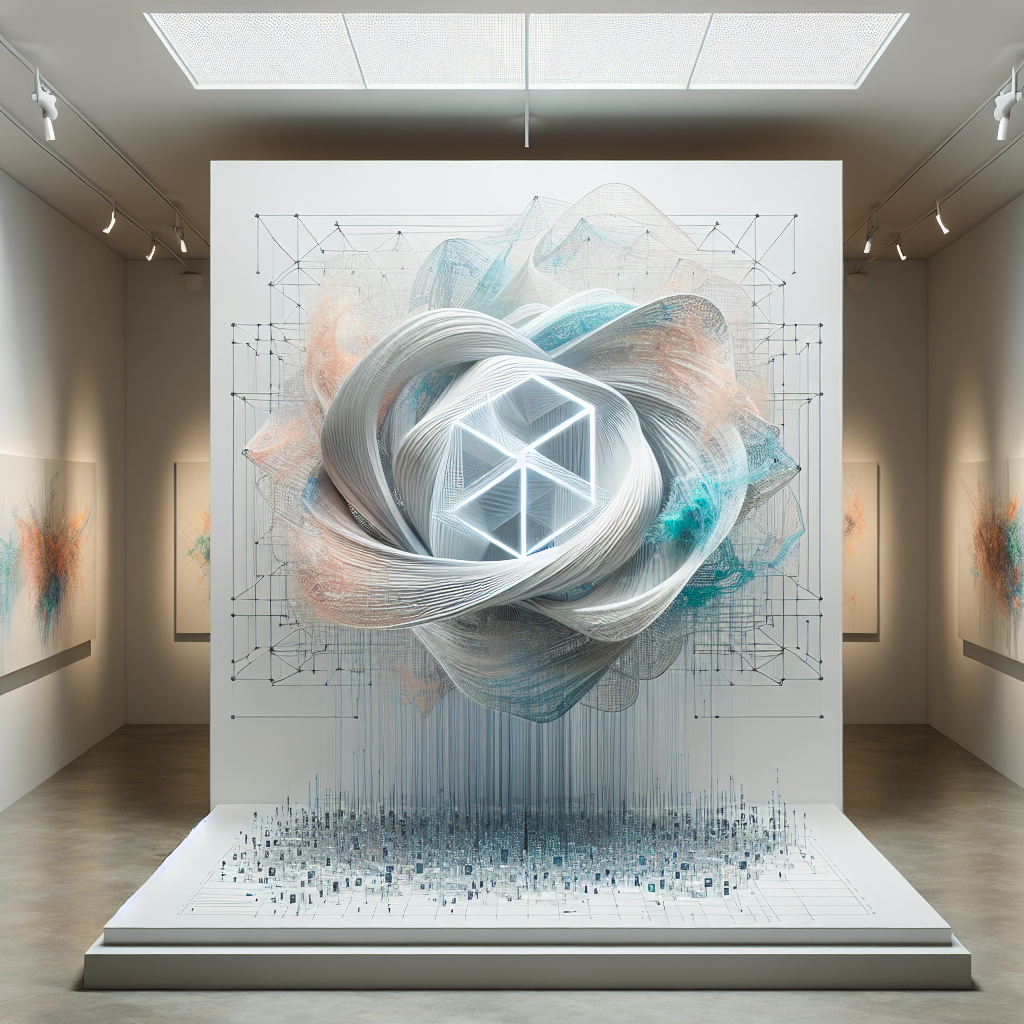Artificial Intelligence (AI) has been making waves in various industries, from healthcare to finance to entertainment. One of the most fascinating applications of AI is in the world of digital art, specifically in digital painting. With the help of algorithms and machine learning, artists are able to create stunning pieces of artwork that push the boundaries of creativity and imagination.
Digital painting is the process of creating artwork using digital tools such as tablets, styluses, and software programs. Traditionally, artists would use physical mediums such as paint, brushes, and canvas to create their art. However, with the advancement of technology, digital painting has become increasingly popular due to its convenience and versatility.
AI has played a significant role in revolutionizing the digital painting industry. Artists can now leverage AI algorithms to enhance their creative process and produce unique and innovative artwork. One of the most popular AI tools used in digital painting is Generative Adversarial Networks (GANs). GANs are a type of machine learning algorithm that consists of two neural networks – a generator and a discriminator. The generator creates new images based on input data, while the discriminator evaluates the generated images to determine if they are real or fake.
By using GANs, artists can create artwork that combines their unique style with the algorithm’s ability to generate new and unexpected visuals. This collaboration between human creativity and artificial intelligence has led to the creation of mesmerizing pieces of art that captivate audiences around the world.
Another AI tool that is commonly used in digital painting is neural style transfer. Neural style transfer allows artists to apply the style of one image to another image, creating a visually stunning and unique piece of artwork. This technique is based on deep learning algorithms that analyze the content and style of images and merge them together to create a new and original piece of art.
AI has also enabled artists to experiment with new techniques and styles that were previously inaccessible. For example, artists can use AI algorithms to create intricate patterns, textures, and color palettes that would be difficult to achieve manually. This level of detail and complexity adds depth and richness to the artwork, making it more visually appealing and engaging.
Furthermore, AI algorithms can also assist artists in the creative process by providing suggestions and guidance. For example, artists can use AI-powered tools to generate ideas, refine compositions, and experiment with different color schemes. This collaborative approach between human artists and AI algorithms results in a more efficient and dynamic creative process.
Despite the many benefits of using AI in digital painting, there are some challenges and limitations to consider. One of the main concerns is the ethical implications of using AI algorithms to create art. Some critics argue that AI-generated artwork lacks the emotional depth and authenticity of human-created art. They believe that AI algorithms cannot replicate the unique experiences, emotions, and perspectives that human artists bring to their work.
Another challenge is the potential for AI algorithms to perpetuate biases and stereotypes. Since AI algorithms are trained on existing data sets, they may inadvertently reproduce existing biases in their output. This can be problematic in the context of art, as it may reinforce harmful stereotypes or perpetuate discriminatory practices.
Despite these challenges, the use of AI in digital painting continues to grow and evolve. Artists are constantly pushing the boundaries of creativity and innovation by leveraging AI algorithms to create cutting-edge artwork that captivates and inspires audiences. The collaboration between human artists and AI algorithms has opened up new possibilities for artistic expression and experimentation, leading to a renaissance in the digital art world.
FAQs:
Q: Can AI truly replicate the creativity and emotion of human artists?
A: While AI algorithms are capable of generating visually stunning artwork, they may struggle to replicate the emotional depth and authenticity of human-created art. Human artists bring a unique perspective, experiences, and emotions to their work that cannot be replicated by algorithms.
Q: How can artists ensure that AI-generated artwork is ethical and unbiased?
A: Artists can mitigate the risk of bias in AI-generated artwork by carefully selecting and curating their data sets, being mindful of the ethical implications of their work, and actively engaging in discussions about the impact of AI on art and society.
Q: What are some examples of AI-powered tools that artists can use in digital painting?
A: Some popular AI-powered tools for digital painting include GANs, neural style transfer, and deep learning algorithms. These tools enable artists to experiment with new techniques, styles, and visual effects that were previously inaccessible.
Q: How can artists collaborate with AI algorithms in the creative process?
A: Artists can collaborate with AI algorithms by using them to generate ideas, refine compositions, experiment with different color schemes, and enhance the overall creative process. This collaboration between human artists and AI algorithms can result in innovative and visually stunning artwork.

